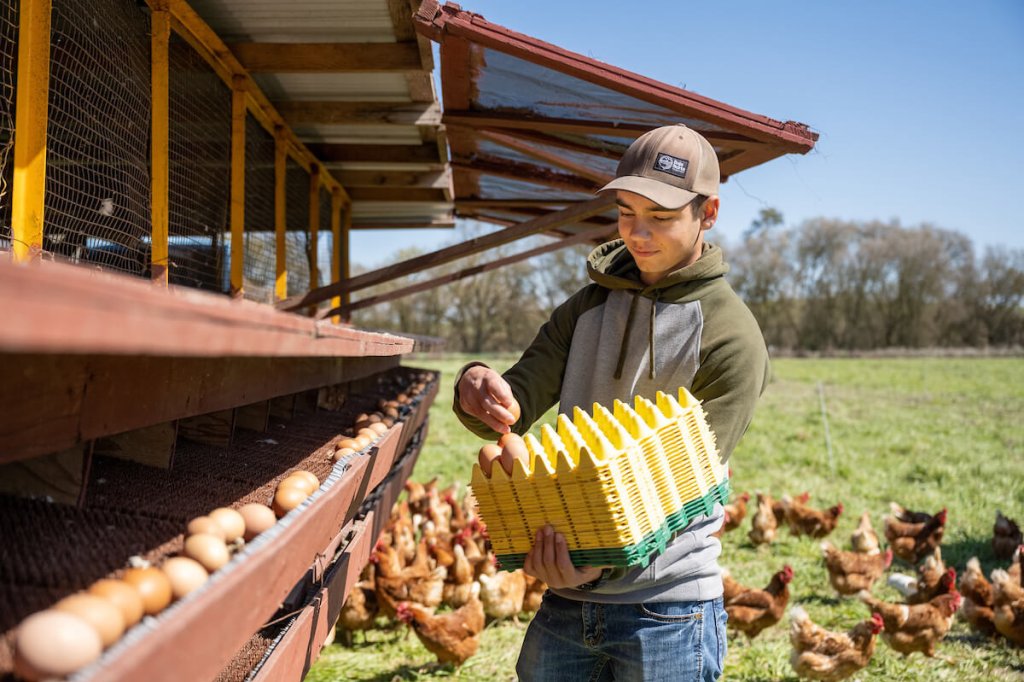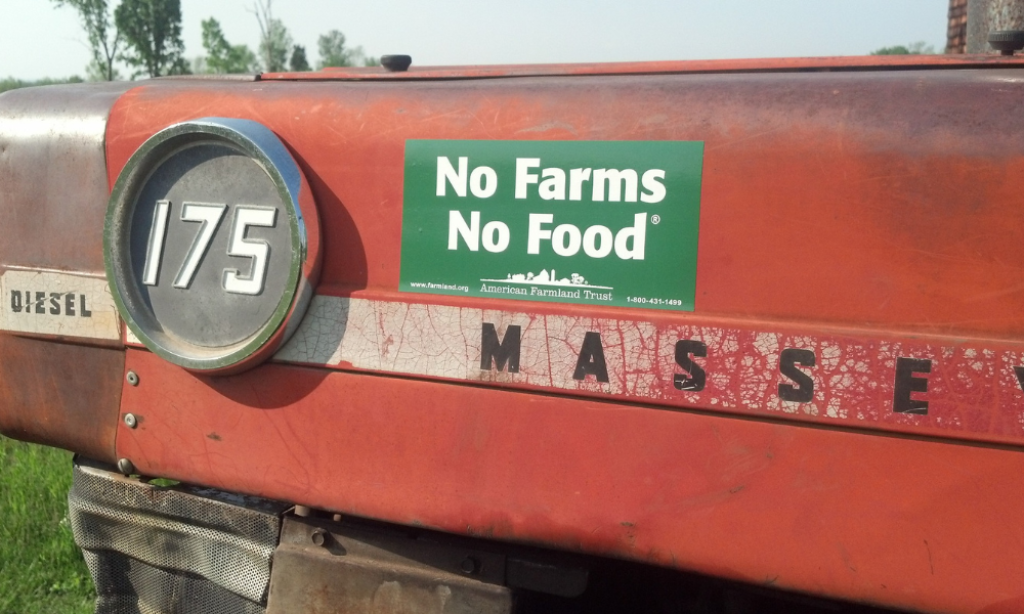An Action Plan for Healthy Soils in Massachusetts
During their daily scrutiny of the forecast and conditions, farmers compile a mental record of the changing weather patterns for their region. They are a primary source of local climate impacts, and their message is clear: there is no more normal season in Massachusetts. “It used to rain three-quarters to an inch a week,” a local farmer shared at a recent AFT-organized farmer roundtable, which was enough to sustain good hay and tobacco crops, but now with droughtier summers, his tobacco requires irrigation, and his 2022 hay crop was only half of what he used to harvest. Farmers across the Pioneer Valley, a region famous for having the best farmland in the state, are considering abandoning fields that have poor water access because it’s too risky to try to grow a crop that might wither in a drought. At the same time, the increased frequency of heavy precipitation events in winter and spring is leading to greater soil erosion and delayed spring planting, due to the inability to bring equipment into saturated fields.
Climate impacts are not limited to field crop farmers. In this wildly mild winter, local loggers have been unable to work in the woods; accustomed to working on the frozen-solid ground, they simply lack the equipment necessary to operate on this winter’s mushy, slippery ground. Maple tappers are tapping trees a month early, and the orchard’s bud development is followed by a sudden severe cold snap; a type of loss he expects to be more frequent in the future. Outside of working landscapes, precipitation roulette manifests as flooded neighborhoods, crispy brown lawns, and brush fires.
Yet all our landscapes hold the potential to become more resilient and to even mitigate climate change. Soils are the world’s second-largest active store of carbon after oceans, and the amount of carbon that they can store is influenced by human management. With coordinated action, the capacity of soils to store carbon, infiltrate water, store water, and resist erosion can be protected and increased, providing a critical buffer against climate impacts.
In 2019, Massachusetts became a national leader in advancing soil health practices by becoming the first state to commission a statewide Healthy Soils Action Plan. The report was commissioned by the Executive Office of Energy and Environmental Affairs after Bob O’Connor, then Director of the Division of Conservation Services, heard presentations made in 2016 on healthy soils made to the Mass Land Trust Coalition by Sharon McGregor of Biodiversity for a Livable Climate and Jack Kittredge of NOFA/Mass.
After nearly four years since the drafting process began, the Plan was finalized and released with the outgoing Baker-Polito Administration in January 2023. The Healthy Soils Action Plan’s research, drafting, and production was led by Regenerative Design Group, a Greenfield, MA-based worker-owned regenerative land use planning and design firm. The project team included staff from Linnean Solutions, Perennial Solutions, and the Massachusetts Chapter of the Northeast Organic Farming Organization (NOFA/Mass). A Working Group consisting of representatives of dozens of state and federal agencies, conservation and environmental groups, knowledgeable stakeholders, and scientific advisors participated in multiple planning calls and listening sessions over the course of the 18-month planning process.
The Healthy Soils Action Plan provides evidence-based recommendations that help people better protect, restore, and manage the soils of Forests, Wetlands, Agriculture, Recreational and Ornamental Landscapes, and Impervious and Urbanized Land (see Map 1.1 from the Healthy Soils Action Plan, p. 10). The Plan’s recommendations provide pathways for:
Protecting the diversity and productivity of the Commonwealth’s natural and working lands
Assisting cities and towns in building resilience to natural hazards and climate change
Achieving the ambitious and necessary goals of Massachusetts’ Global Warming Solutions Act
Among the Plan’s topline recommendations are conserving forest parcels, updating forest management practices to protect forest soils, enrolling existing agricultural production acres in soil health management planning, funding a statewide Soil Health Program, and developing post-construction soil performance standards for development sites.
As American Farmland Trust’s work with farmers has demonstrated, investment in our soils is also an investment in increasing local food production and biodiversity across the Commonwealth. “Farmers who adopt healthy soils practices can quickly see improvements to water infiltration, soil moisture regulation, increased earthworm activity, and healthier crops,” said AFT’s Soil Health Specialist Caro Roszell, who participated in drafting HSAP in her previous role with NOFA/Mass. “All of these are indicators of something happening out of sight: revitalization of the soil ecology, which comes with increased soil biodiversity and carbon sequestration.”
This Action Plan offers strategic framing as AFT works with its partners to continue to provide technical, financial, and educational support to farmers working to implement climate-smart farming practices. It also helps to place farmland into context across Massachusetts land uses, highlighting the importance of funding and building the statewide Healthy Soils Program created with the passage of the Massachusetts Healthy Soils Bill in 2021.
“I am proud that Massachusetts is continuing to lead the nation in promoting soil health and in strengthening the intersections between soil health, climate change, food security, and farm viability,” remarked Senator Comerford, who along with Rep. Schmid, championed the creation of the Healthy Soils Program. She added, “I am excited to continue this work in partnership with the Healey-Driscoll Administration, particularly the work to prevent the loss of forests and farmland.”
Natural carbon sequestration is a key aspect of achieving our Commonwealth’s ambitious (and necessary) goal to reach Net Zero greenhouse gas emissions by 2050. As highlighted in the Decarbonization Roadmap (December 2020, p. 77), the “Healthy Soils Action Plan explores best practices to simultaneously improve ecosystem health and enhance the sequestration potential of a variety of different land covers across the Commonwealth.” As the Plan demonstrates, land uses are interconnected, and every landscape can play a role in soil carbon sequestration and climate resilience. As the former EEA Secretary Beth Card wrote in her opening letter to the Healthy Soils Action Plan, “whether you are a farmer, a forest landowner, a resident with a small yard or a municipal planner; there are recommendations in this plan of which you can be a part.”
Photo Credit: Jen Salinetti, Woven Roots Farm, Tyringham MAThis article was written with the support of Emeran Irby, Chelsea Gazillo, and Marty Dagoberto.




